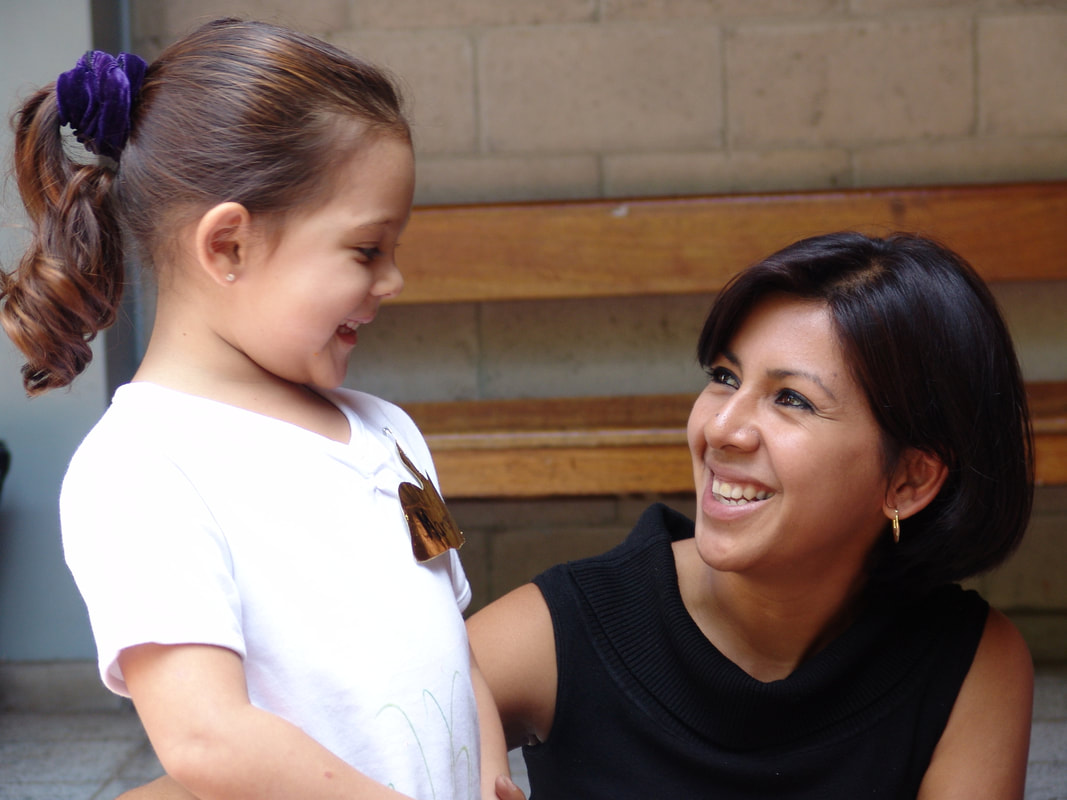photo courtesy of Heriberto Herrera, freeimages.com
“[P]rohibted conduct that violates professional boundaries include, but are not limited to…touching students without a legitimate educational reason. (Reasons could include the need for assistance when injured, a kindergartner having a toileting accident and requiring assistance, appropriate coaching instruction, or appropriate music instruction.)”
As a parent, I routinely see teachers touch students. They touch their arm to get their attention, their shoulder to give them comfort, and– quite often– they hug students to show they care. When I asked about this kind of teacher-student contact, the superintendent said he felt this kind of touching, including appropriate hugging, fell within the policy because all of it had a “legitimate educational reason.”
I agree. I just wish the wording of our policy more directly communicated this interpretation of the importance of touch. I was reminded of this discussion yesterday when I ran across an article on this exact topic. Touching is a tool that allows teachers to connect with students, correct their behavior, help them focus, provide emotional support, and foster trust. As the article concludes:
“Society’s well-intentioned attempts to shelter children from the possibility of inappropriate touching have deprived teachers of an important teaching tool and children of an essential sensory, educational, and development experience.”
I understand the several good motivations for restricting physical contact between students and school staff. And different kids want (and need) different amounts and types of touching. Like any educational technique, no one size fits all. But giving up completely on one of the most powerful tools of communicating, connecting, and working with a child seems foolish. Given how important touch is to the growth of our kids, I hope the teachers and staff in our schools will continue to touch students, educationally.
This post too long for you? Tired of reading? Here is the 60-second video version:
